System Analysis and Design: Middle East College & Sydney Dentist
VerifiedAdded on 2023/06/09
|8
|891
|316
Case Study
AI Summary
This assignment presents a system analysis and design case study involving two distinct scenarios: Middle East College and Sydney Dentist Centre. For Middle East College, the analysis identifies key entities such as Students, Department, Courses, Registration, Fee Statement, Employees, and Payments, along with their respective attributes. It also outlines possible use cases like Registration, Fees Payment, and Check Time Table, performed by actors such as Students, Staffs, and Lecturers, culminating in a use case diagram. Similarly, for Sydney Dentist Centre, the study defines entities like Patient, Appointment, and Receptionist, detailing their attributes and use cases such as Store Patient Details, Arrange New Appointment, and Check Appointment Schedule, performed by Patients, Receptionists, and Doctors, also visualized through a use case diagram. The analysis provides a foundational understanding of system design principles applied to real-world scenarios.
1 out of 8
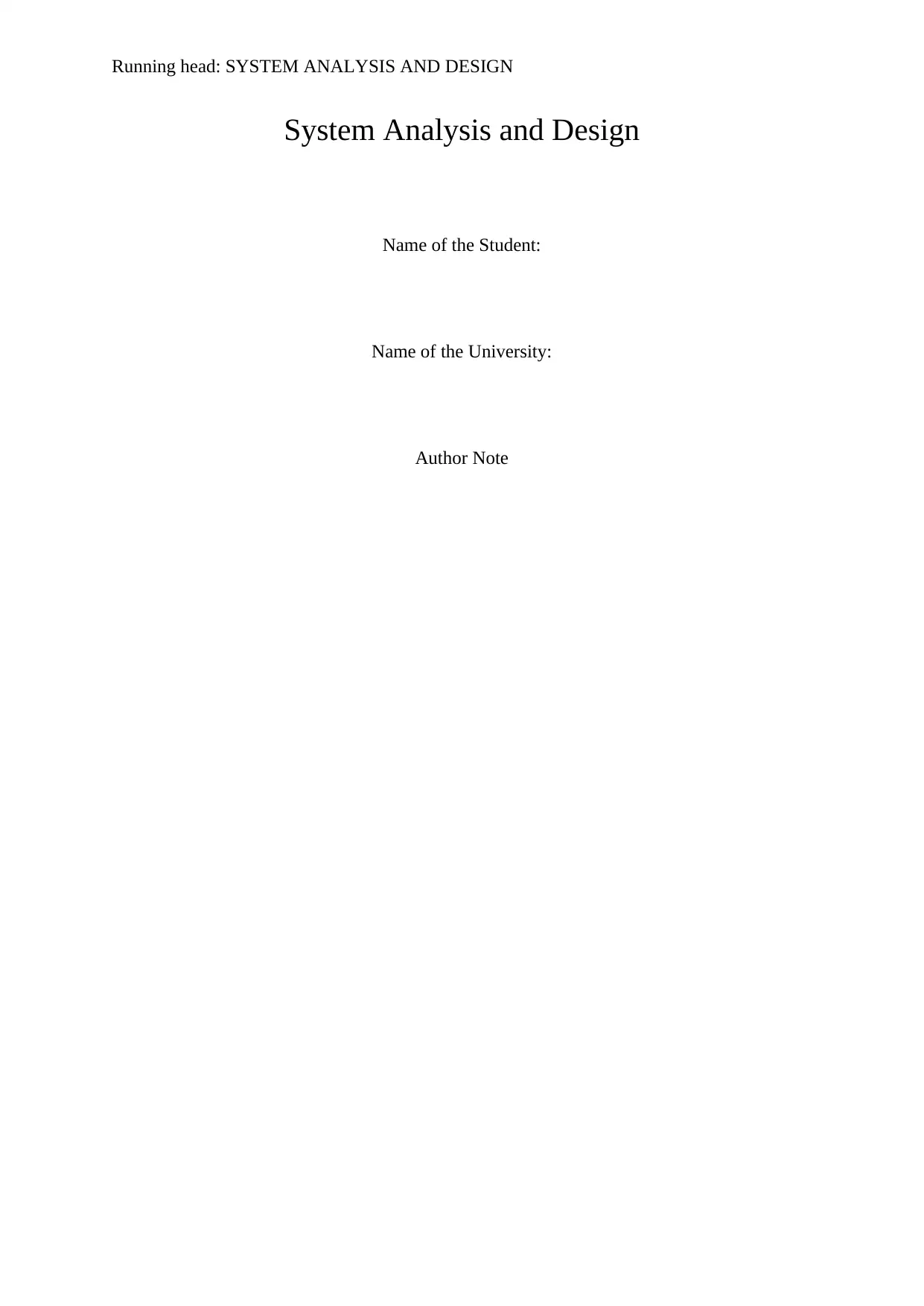
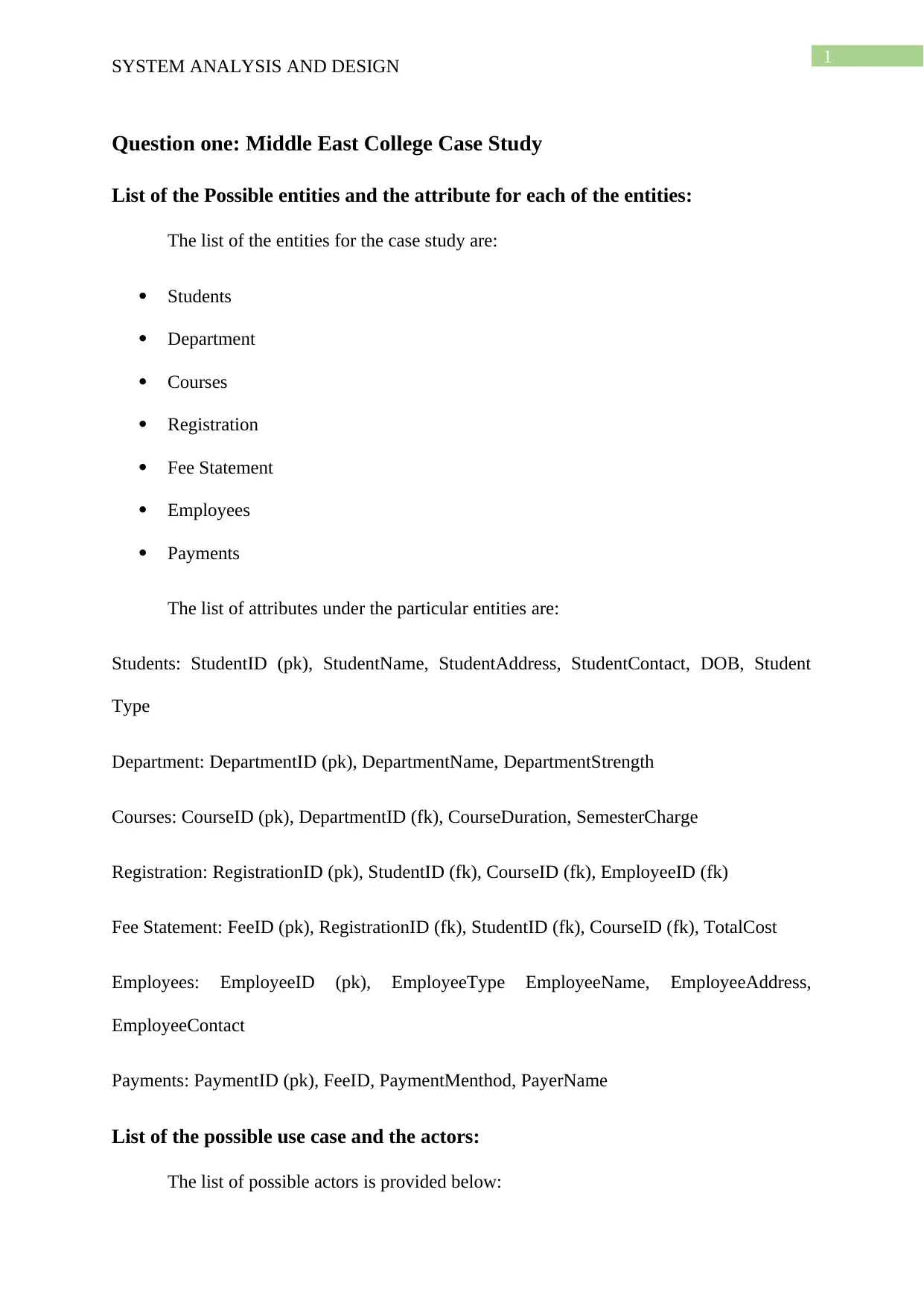
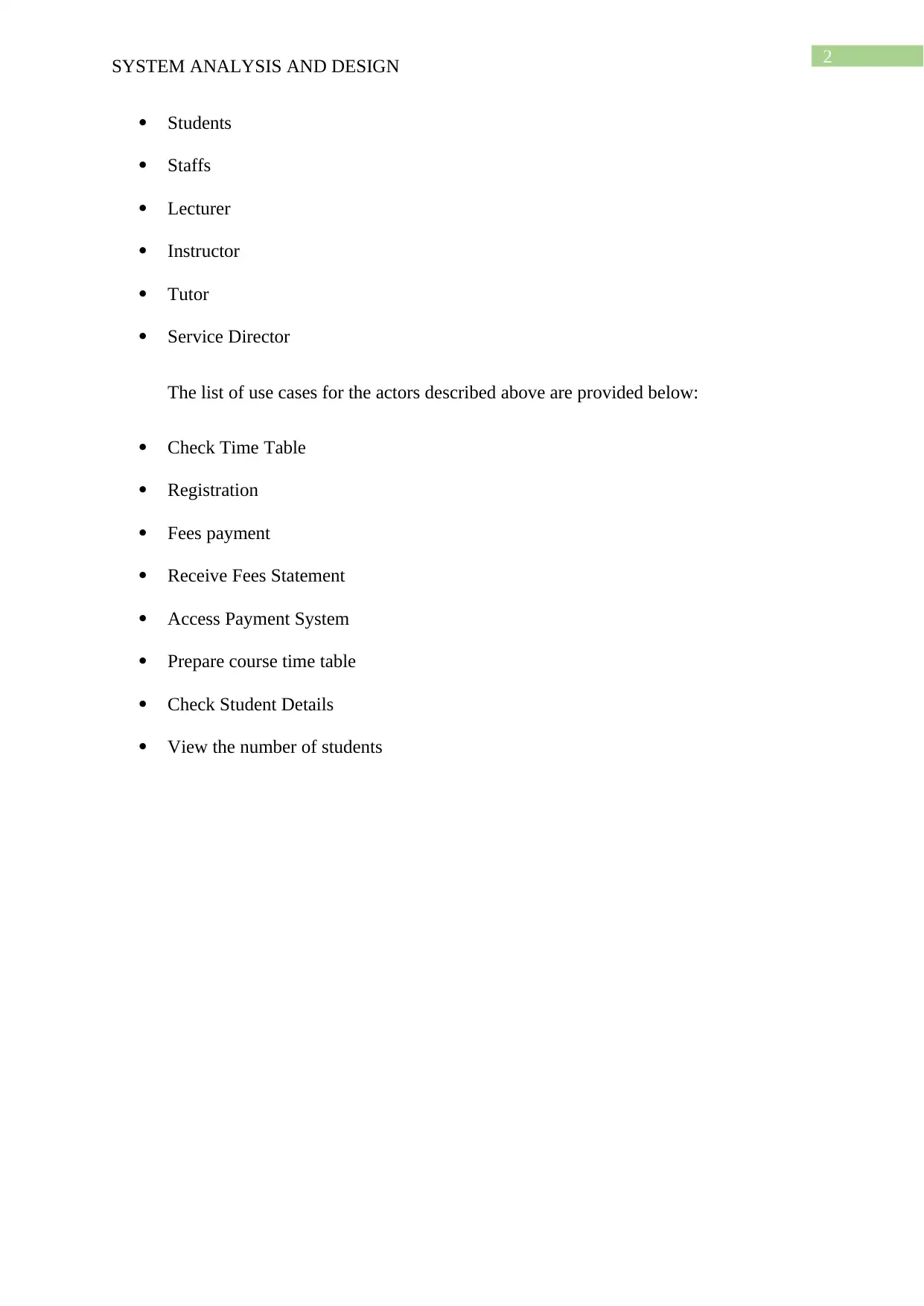

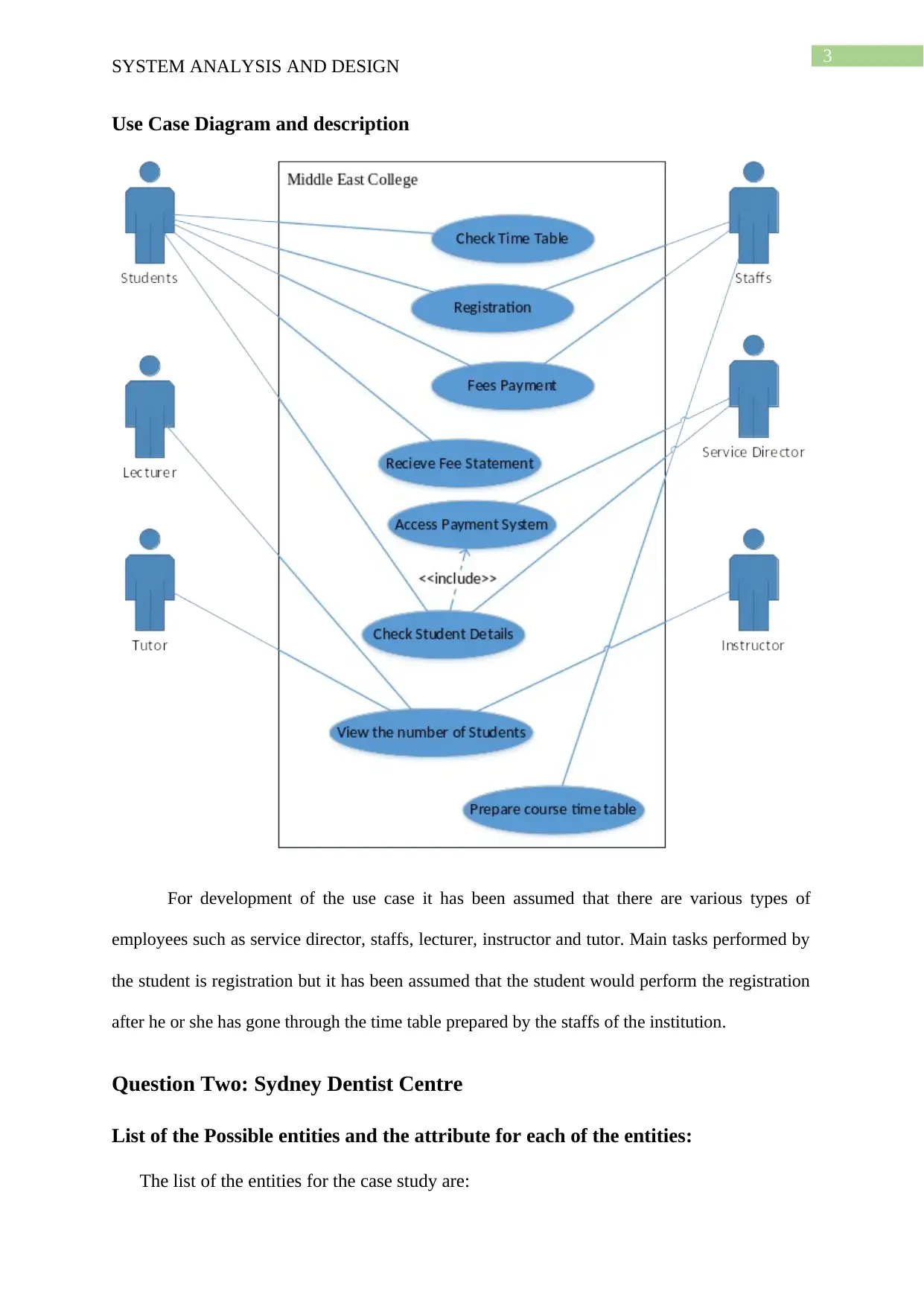
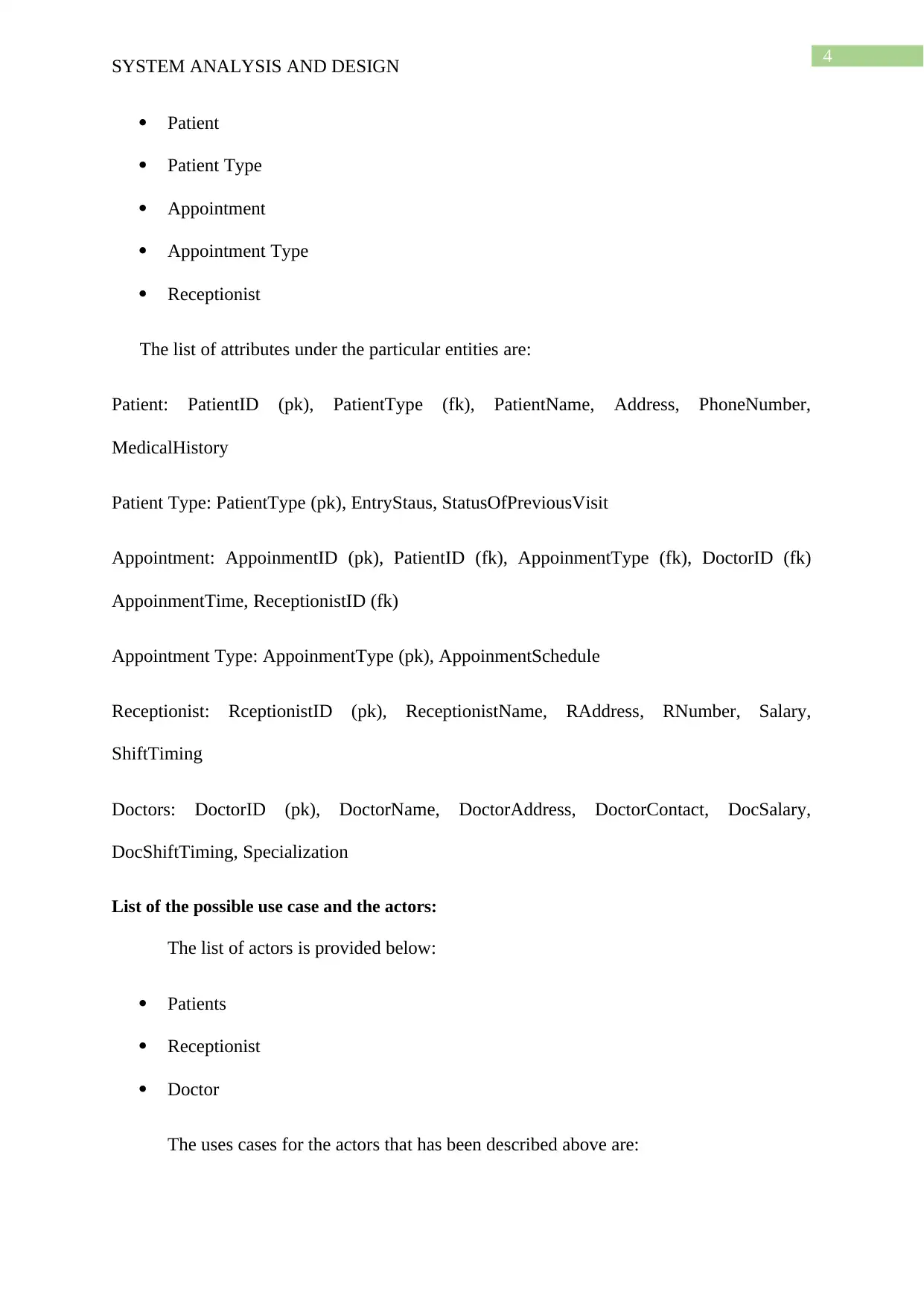
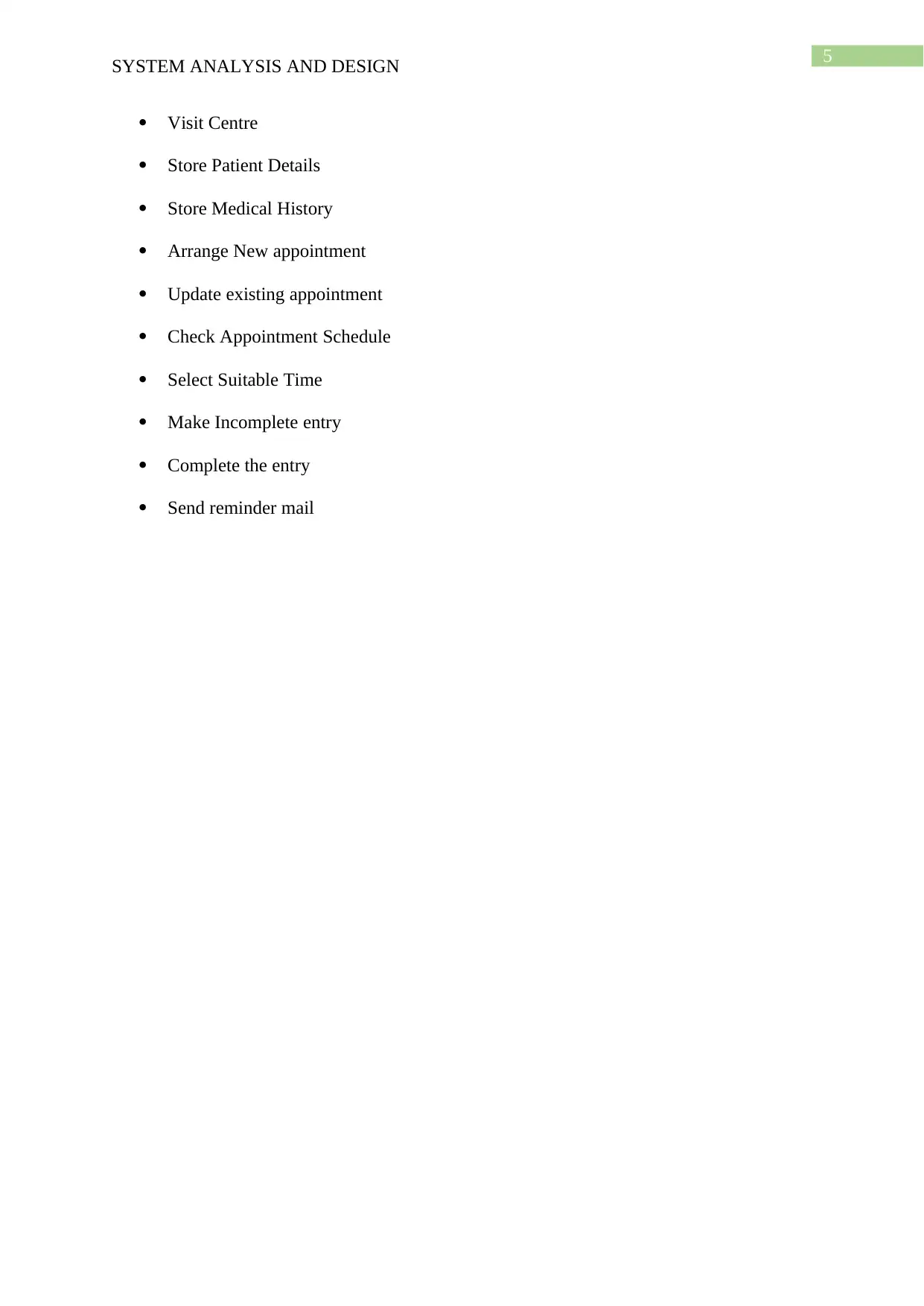
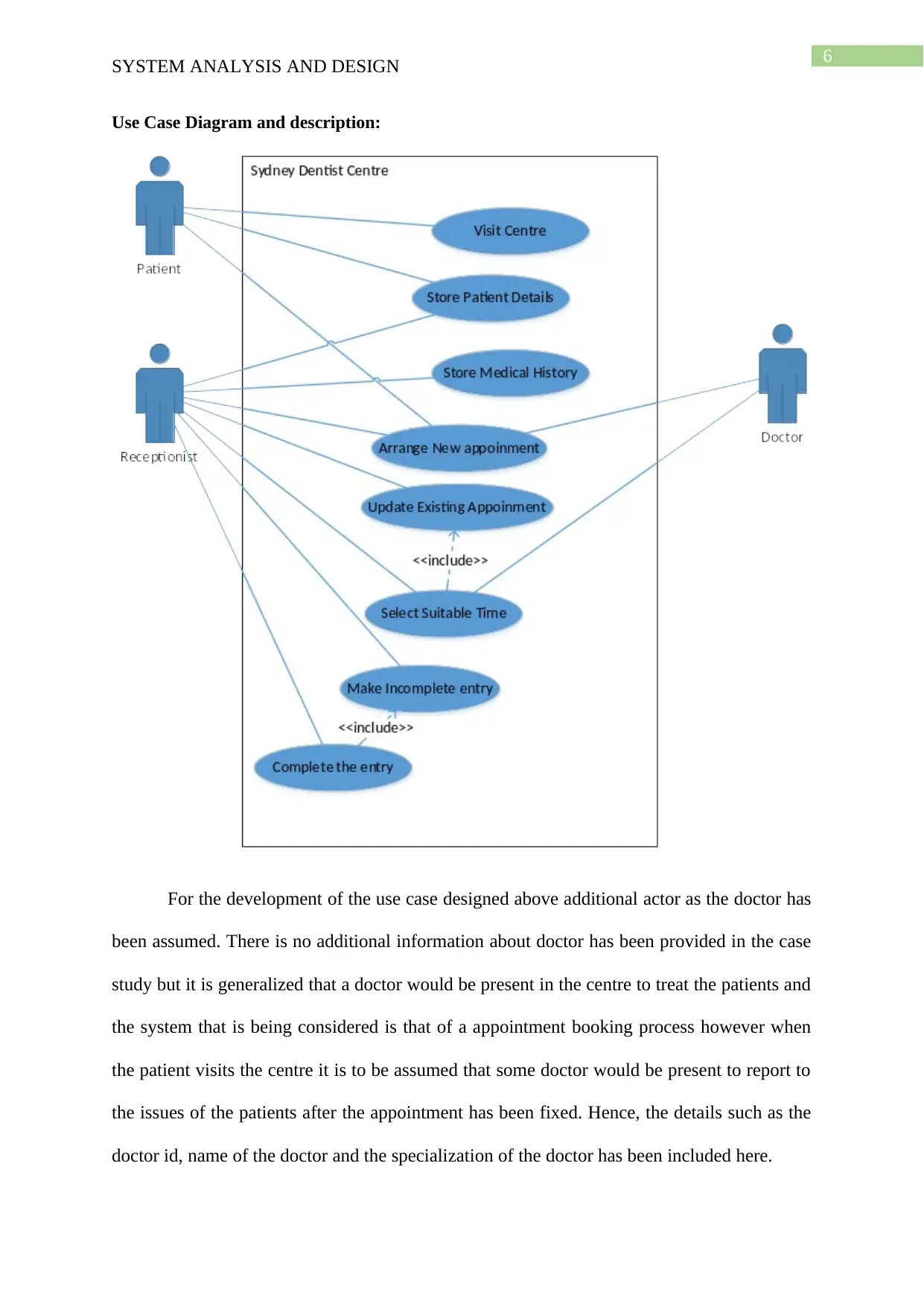
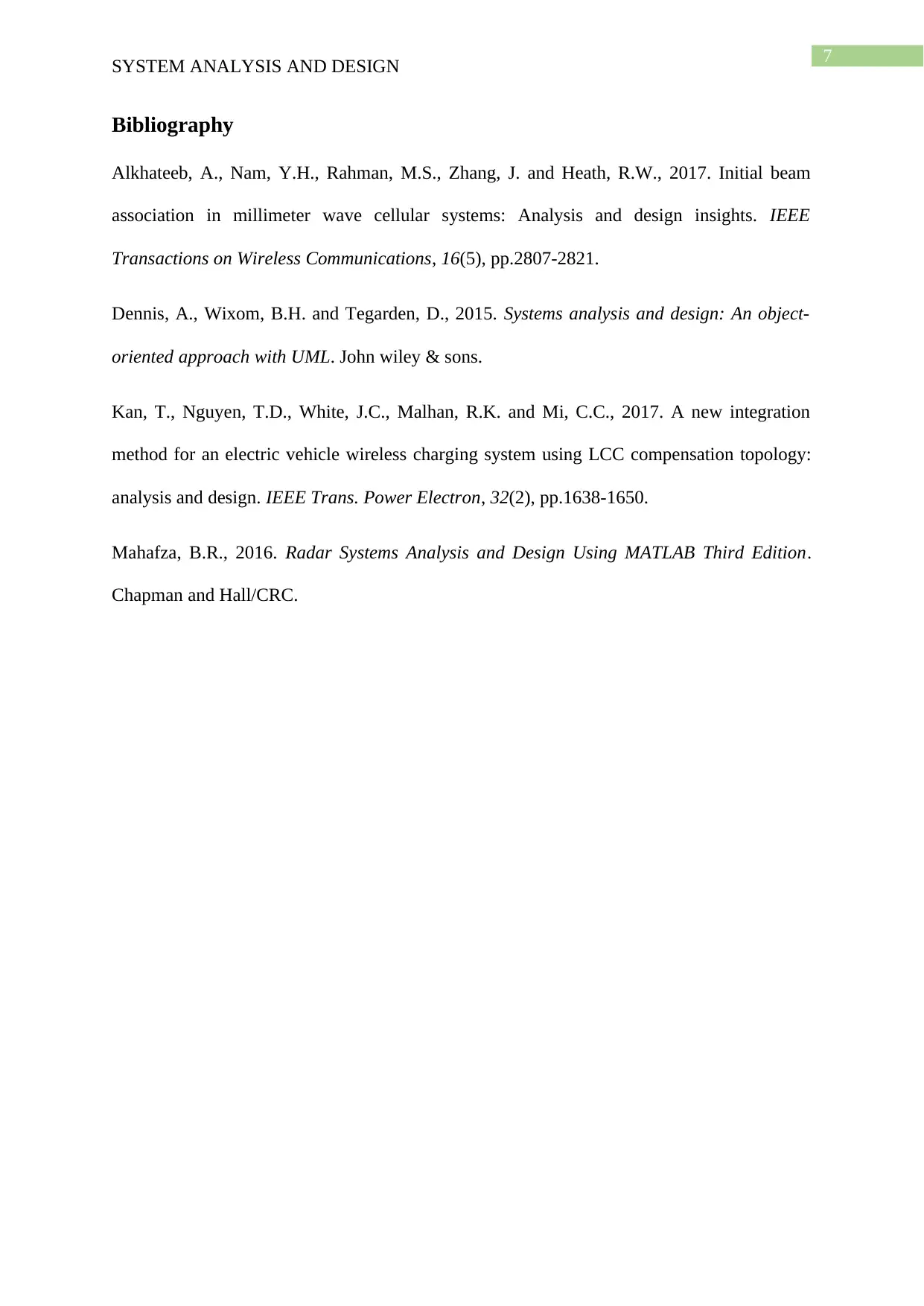




![[object Object]](/_next/static/media/star-bottom.7253800d.svg)